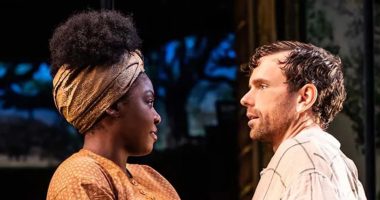Lacey Wallace, associate professor of criminal justice at Penn State University Altoona, said that while gun sale increases in previous years were related to personal safety fears or tighter gun laws, the current spike is related to worries unique to the pandemic.
“The gun-purchasing spikes we’ve seen in the past year are different,” Wallace said. “This time instead of it being driven by more restrictive policies, it’s more Covid-specific things: uncertainty about the future, fear of people from foreign countries, fear of the economy tanking.”
The jump in gun sales alarms gun safety advocates. The Coalition to Stop Gun Violence warned in April 2020 that guns in the home posed a risk of rises in domestic violence and gun suicides.
“2020 saw record gun sales,” said Lisa Geller, the coalition’s state affairs manager. “We know that when there are more guns, there is more gun violence.”
There are many possible reasons for the rise in shootings over the last year, experts say, from the stress of the physical health and financial challenges of the pandemic to harder-to-access mental health services.
“I think we are very aware that food insecurity, isolation and lack of social services are a risk factors for many forms of gun violence,” Geller said.
“It really underscores the need for social services, for grassroots violence prevention and intervention,” Davis said. “Some of that was not possible during the pandemic.”
Despite the overall increase in gun violence, experts agree there was a slight pause last year in high-profile, public-place mass shootings. Such pauses wouldn’t be reflected in the Gun Violence Archive data, which doesn’t distinguish domestic and gang shootings from more public incidents.
Geller attributed the pause to stay-at-home orders, which kept people out of public places: “You couldn’t have a school shooting if a school was closed.”
But that pause could be over as the pandemic begins to recede, said Jeffrey Simon, a visiting political science lecturer at University of California, Los Angeles. He said the return of crowds are creating so-called soft-targets: low-security public gatherings that are susceptible to mass shootings.
“Last year there were fewer opportunities for people to target places,” Simon said. “Now with things opening up, there are more targets.”
Source: | This article originally belongs to Nbcnews.com










